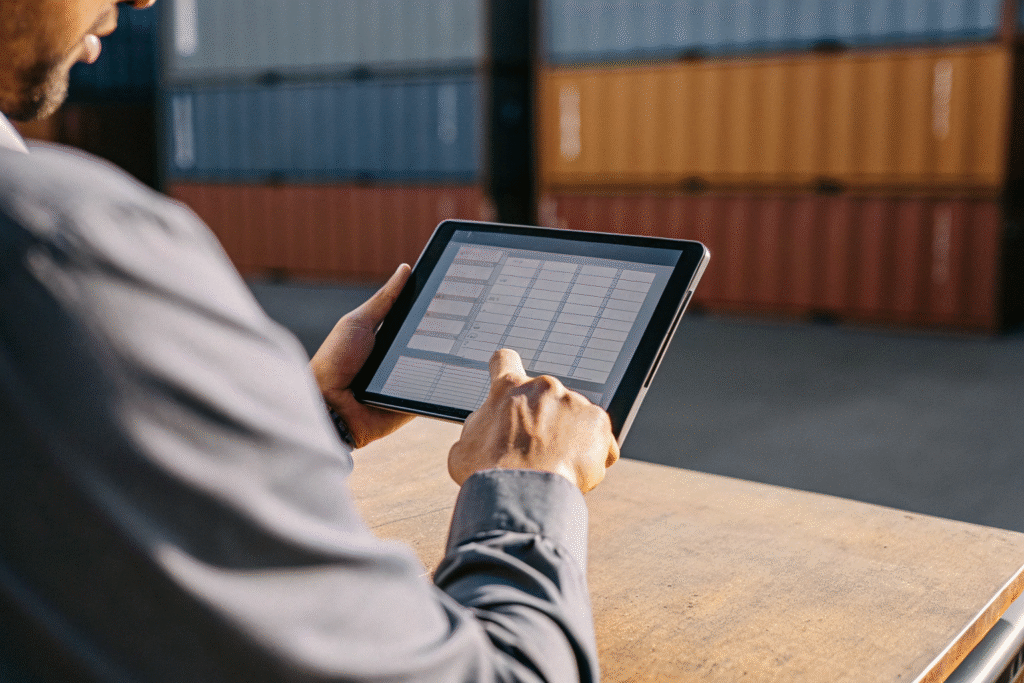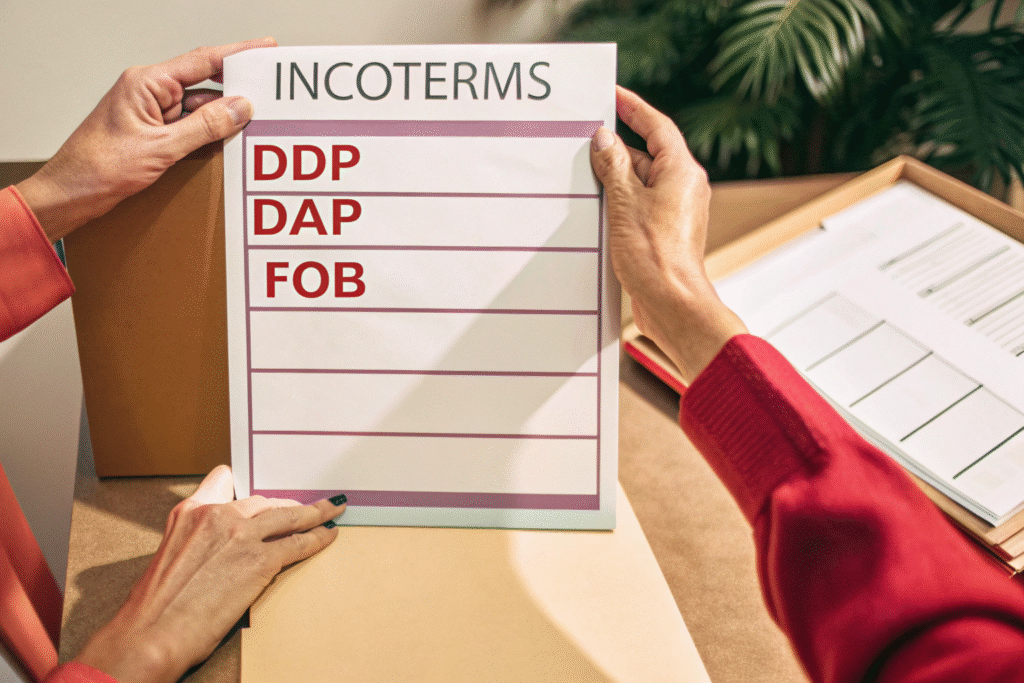Global shipping taxes are changing fast in 2025. Governments worldwide are adjusting VAT, import duties, environmental surcharges, and digital customs systems. These tax changes are directly impacting margins, lead times, and documentation.
This article explains everything exporters and importers need to know about shipping taxes in 2025—from key terms like DDP and HS code duties, to strategies for avoiding surprise charges.
At GeeseCargo, we help global clients decode tax updates, file the right documents, and avoid avoidable customs problems. Here's your 2025 survival guide.
What Types of Shipping Taxes Should You Expect?
Shipping taxes aren’t just one line on an invoice—they're a combination of multiple charges.
Expect import duties, VAT or GST, excise tax, customs service charges, and in some cases, carbon levies or digital clearance fees.

What’s the Difference Between VAT and Import Duty?
- Import Duty: A tax based on your HS code and origin country, e.g., 5–25%.
- VAT (or GST): A value-added tax on the entire transaction value (product + freight + insurance).
For example, Germany applies 19% VAT, while Indonesia now levies 10% VAT plus 19% import duty on apparel.
See country-specific breakdowns at SimplyDuty or DHL Duty Calculator.
Are There New Shipping-Specific Taxes in 2025?
Yes. Some governments have introduced:
- Carbon emission taxes (EU Green Deal)
- Digital customs processing fees (e.g., CBSA’s CARM in Canada)
- Non-standard package surcharges (like USPS $4 fee)
How Are Shipping Taxes Calculated?
Shipping tax isn’t guesswork—it’s formula-based.
In 2025, customs tax is calculated based on the declared value of goods, the shipping cost, insurance (CIF), and the product’s classification.

What’s the “Taxable Value” of a Shipment?
Most countries use the CIF method: Cost + Insurance + Freight = taxable base.
For example, if your goods cost $10,000, with $500 freight and $100 insurance:
- Import duty (10%) = $10,600 × 10% = $1,060
- VAT (15%) = $11,660 × 15% = $1,749
Use FedEx Global Trade Manager for simulation.
What Documents Must Match for Tax Assessment?
- Commercial Invoice
- Packing List
- HS Code declaration
- Certificate of Origin
Discrepancies trigger audits or reclassification. Tools like TradeMap help validate your codes and values.
What’s the Best Way to Minimize Tax Exposure?
You can’t avoid taxes—but you can manage and reduce them legally.
Smart strategies include shipping through bonded warehouses, leveraging Free Trade Agreements (FTAs), and re-evaluating HS classifications.

What Are the Benefits of Bonded Shipping?
Bonded zones delay or suspend tax collection until goods enter domestic circulation. Use bonded warehouses for:
- Product relabeling
- Short-term storage
- Customs deferment
Explore Port Klang FTZ or VSIP Vietnam for facilities.
How Do FTAs Reduce Shipping Taxes?
If your product qualifies under a Free Trade Agreement (e.g., RCEP, ASEAN-China, USMCA), duties can drop to 0%. You'll need valid Certificate of Origin and correct declarations.
Check eligibility via WCO Origin Tools or RCEP Overview.
How Do DDP and DAP Affect Shipping Taxes?
Incoterms dictate who pays the tax—you or your buyer.
In DDP (Delivered Duty Paid), the seller pays all import taxes and clears customs. In DAP (Delivered at Place), the buyer handles local taxes.

Is DDP Better for My Customers?
Yes, if you want to offer a fully landed price. But it also exposes you to:
- Duty rate changes during transit
- Local customs changes
- Potential fines for paperwork errors
That’s why many GeeseCargo clients now use FCA or DAP instead of full DDP when shipping to Europe or the U.S.
Explore term definitions via Incoterms 2020 Guide.
Should I Switch to FCA to Reduce Risk?
Possibly. FCA (Free Carrier) lets you retain control over pre-export logistics, while the buyer assumes tax and clearance responsibilities post-export. It’s ideal for high-tax markets or fluctuating tariff environments.
How Can Freight Forwarders Help With Shipping Tax Compliance?
You don’t need to be a tax expert—we are.
Freight forwarders help you estimate duties, simulate tax exposure, correct classification errors, and file all customs paperwork across countries.

Can Freight Partners Help Avoid Overpayment?
Yes. At GeeseCargo, we simulate landed cost based on destination, HS code, and origin, helping clients:
- Choose the right shipping method
- Avoid duplicate tax entries
- Reclassify misdeclared items
We also help correct misbilled customs entries after delivery.
Can They Guide Tax-Related Document Prep?
Definitely. We assist in:
- Preparing commercial invoices with tax-friendly language
- Verifying COO documents for FTA compliance
- Aligning declared value with customs tolerances
Avoiding tax penalties is as much about paperwork as pricing.
Conclusion
Shipping taxes in 2025 are complex—but manageable. If you're selling globally, you need to understand CIF valuation, HS classifications, Incoterm impacts, and ways to reduce tax exposure through bonded logistics or FTAs.
At GeeseCargo, we work with global clients to simplify shipping tax planning, avoid delays, and save on duties. For help modeling your next shipment's tax cost—or reviewing your current invoice for overcharges—email Ben Zhu at benzhu@geesecargo.com today.









